Shortcuts
Tags
Latest Posts
Benefits of High Voltage Transducers versus Instrument Transformers
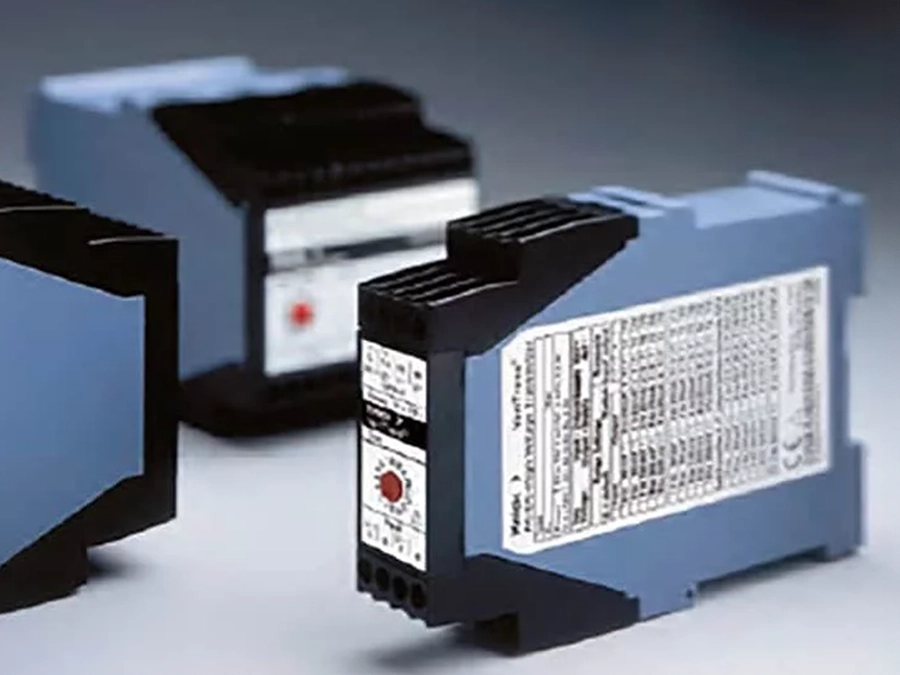
Transformers have long been considered important components within electrical systems. When a need arises to step voltage in a circuit either up or down for purposes of power transmission or distribution, there is no doubt that these devices are essential.
Transformers are also used to bring voltages down to a lower level for purposes of measurement. Used this way, they are often referred to as instrument transformers. These electrical readings are used for control, safety and/or data collection. The instrument transformer is paired with a secondary device, called an AC/DC transducer, which takes in these lower voltages as input signals and converts them to effective or RMS values, (i.e. standard DC signals that are more easily read by control and collection systems.) Examples of standard DC signals are 4-20 mA or 0-10 VDC.
Although this method of measuring system voltage has worked successfully in many installations, there are reasons to consider an alternative approach, as additional value may be introduced.
Handling AC and DC voltages of more than 3000V
Recently, transducers have been developed that can directly process voltages originally considered to be too high to measure and isolate without first passing them through an instrument transformer. Where previously, voltage levels of AC/DC transducers topped out at 400 or 690 V, devices are now available that can directly handle AC and DC voltages of more than 3000 V, in form factors that are much smaller than what would be required with transformer usage. Even true root mean square (TRMS) measurements are possible for correct pick-up of distorted signals, where a clean AC sine wave does not exist and therefore cannot be assumed at the output.
The P42000 series, by Knick Interface, is an example of such a device. It can directly process AC and DC inputs up to 3600 V, while giving the user the option of selecting any one of a number of standard DC outputs. And with AC input signals, the P42000 series provides TRMS processing, bringing accuracy with measurement of any input signal, regardless of whether or not it is distorted.
Cost saving through reduction in size
The reduction in size, seen with high-voltage transducers like the Knick Interface P42000, offer a handful of benefits, most of which can ultimately be tied back to cost savings. For instance, components like these are typically mounted in an electrical panel or enclosure. The real estate needed is, of course, proportional to the size and number of components needed to be housed within the enclosure. The smaller the devices in both size and number, the smaller the enclosure, and the lower the cost. This cost savings is reflected in the material of the panel itself, but also shows with the overall footprint of the system and in the minimization of the weight. Typically, there is a substantial weight and size difference between transducers and the transformers that they can sometimes replace in voltage measurement applications.
This cost savings is even more substantial and pronounced in applications where a secondary transducer was to be used anyway to generate a standard output signal. (See Figure 1.) In these cases, not only are all the cost saving benefits versus a transformer seen in a comparison versus a higher voltage transducer, but additional cost is saved by elimination of the secondary transducer. This cost savings is seen in direct transducer costs, panel space and weight, and with eliminating the need for additional wiring.
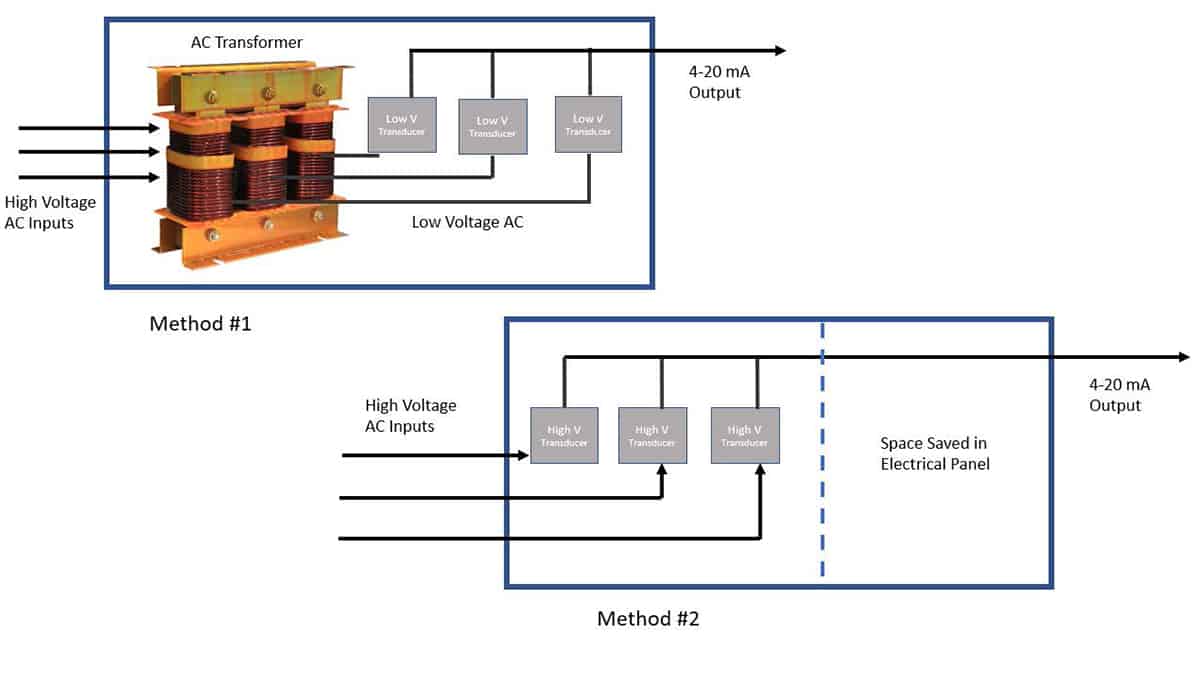
In addition to cost savings, there is an additional benefit often seen when comparing a high-voltage transducer against a system employing a transformer with secondary transducer, and that is with accuracy of measurement. With a high-voltage transducer, there is no effect seen with additive errors, as a single component is producing the measurement. This is not the case with the transformer and transducer combination, as the accuracy is affected by the errors introduced by both devices, as well as the wiring between them. It is of course important to consider a quality high voltage transducer if looking to maximize the accuracy seen with the measured value.
Potential Benefits of High-Voltage Transducers versus Transformers – for measurement
- Reduction in form factor – decrease in enclosure space needed
- Reduction in weight – ease of handling
- Reduction in components – when transformers to be used in conjunction with secondary transducers
- Reduction in cost – components, enclosure size, wiring labor and shipping costs (weight based)
- Increased accuracy – especially versus Transformer / secondary transducer combination (additive errors)
Latest Posts
Interface Technology
Hydrogen, SIL, Energy
Process Analytics
Pharma, Sensor, Conductivity
Interface Technology
Hydrogen
Interface Technology
Interface Technology
Exhibition, InnoTrans
Related Posts
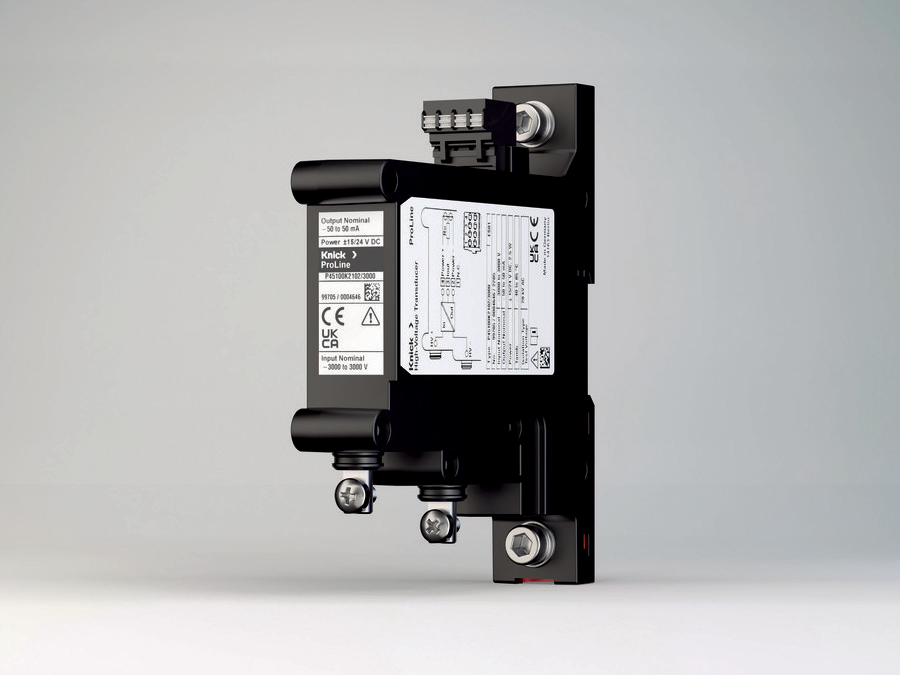
Jun 2025
Interface Technology
Hydrogen, SIL, Energy
P45000 SIL 2 / SIL 3: Voltage measurements in applications with functional safety
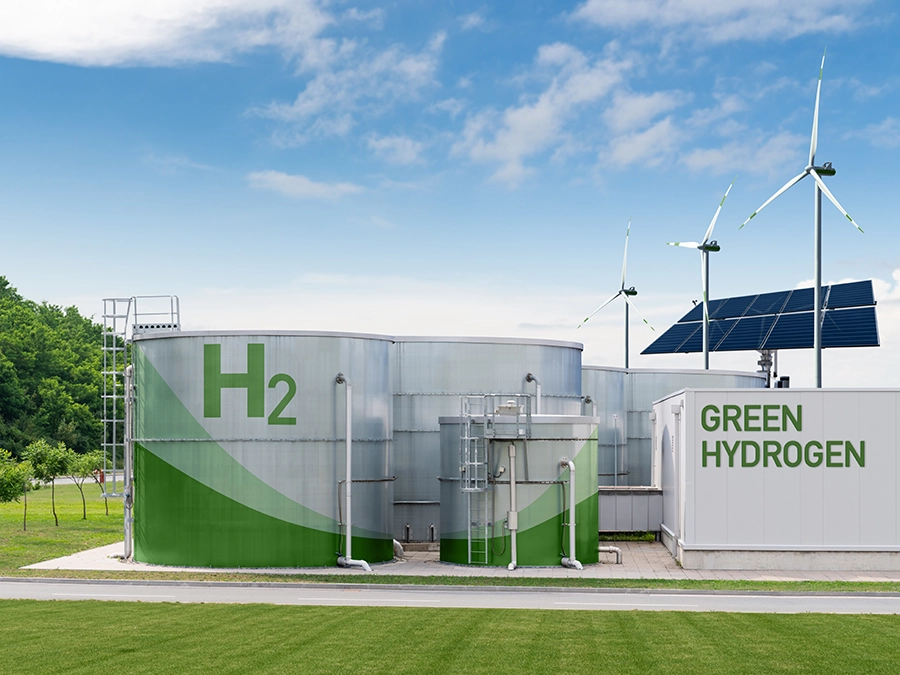
Sept 2024
Interface Technology
Hydrogen
Stack and String Voltage Measurement in Electrolyzers and Fuel Cells
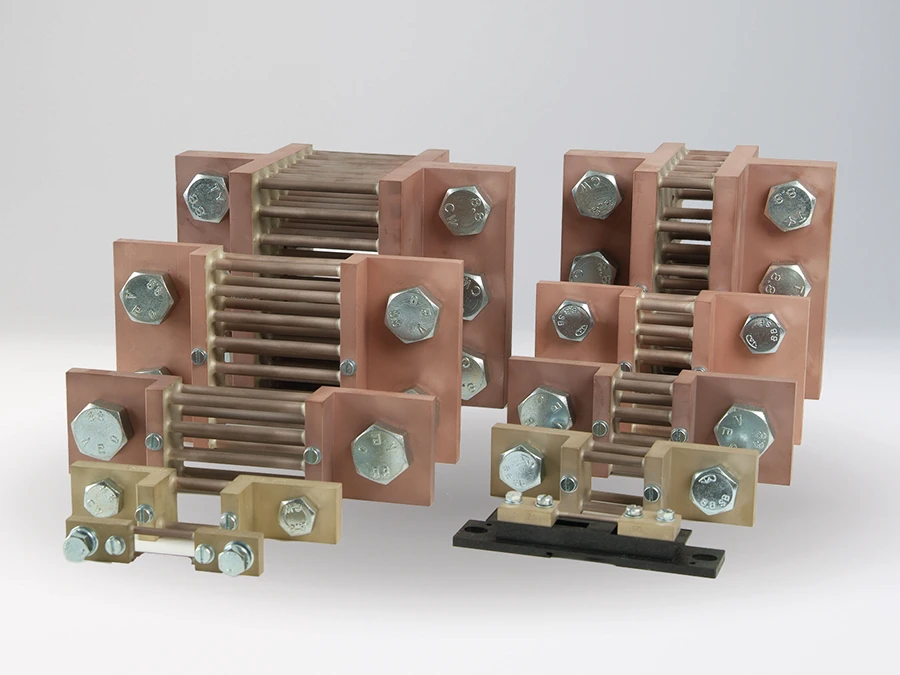
Sept 2024
Interface Technology
New 30 mV Shunt Resistors for Knick Transducers
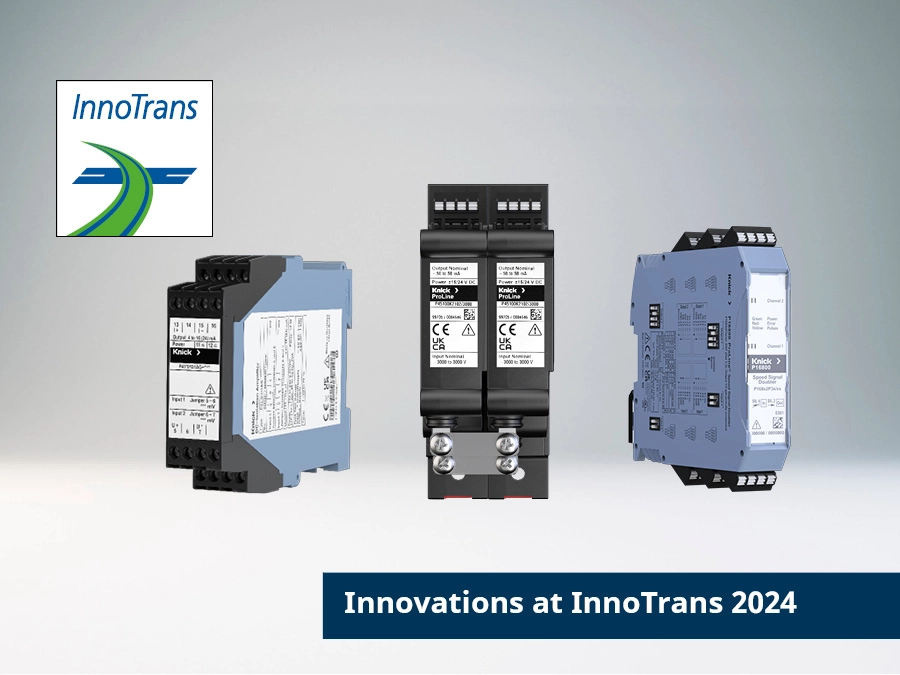
Sept 2024
Interface Technology
Exhibition, InnoTrans
Innovations at InnoTrans 2024 for rolling stock and DC traction power supply
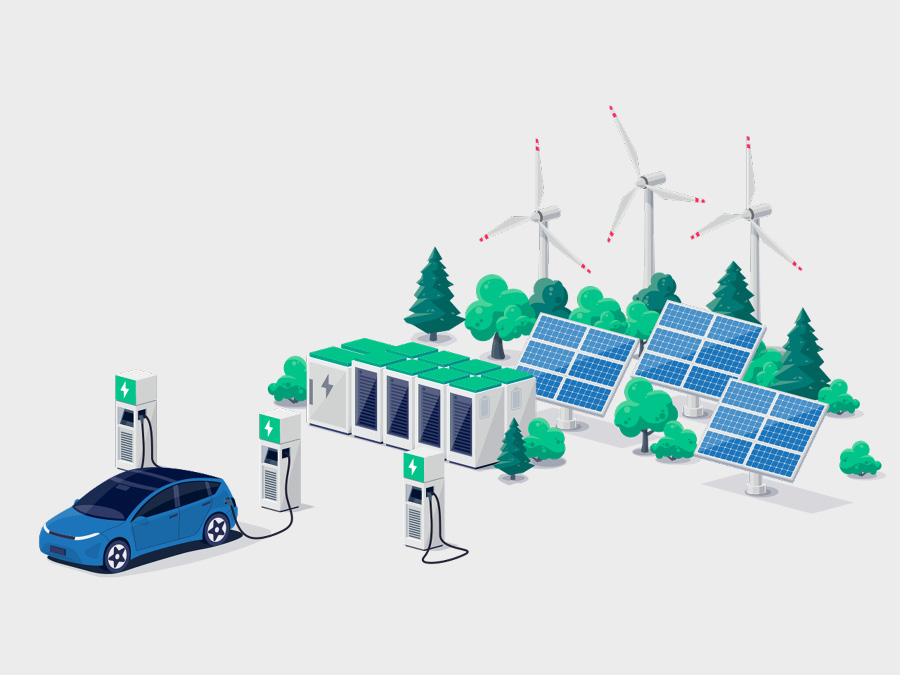
May 2022
Interface Technology
Energy
Energy storage - the handshake between renewable energy and electric vehicles
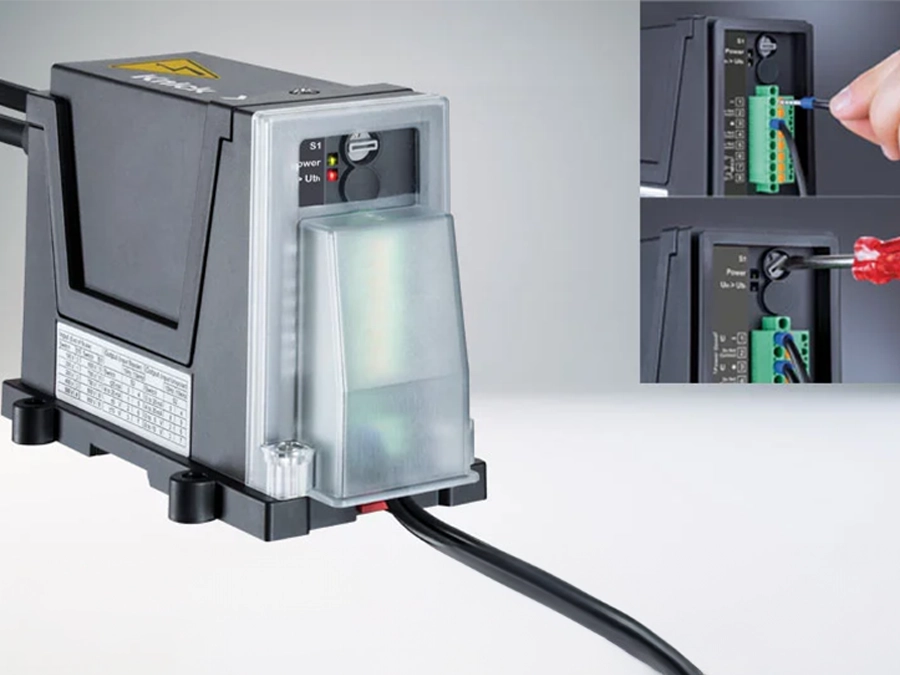
Feb 2022
Interface Technology
P52000VPD, Voltage
P52000VPD voltage presence detector reliably detects voltages up to 4200 V DC
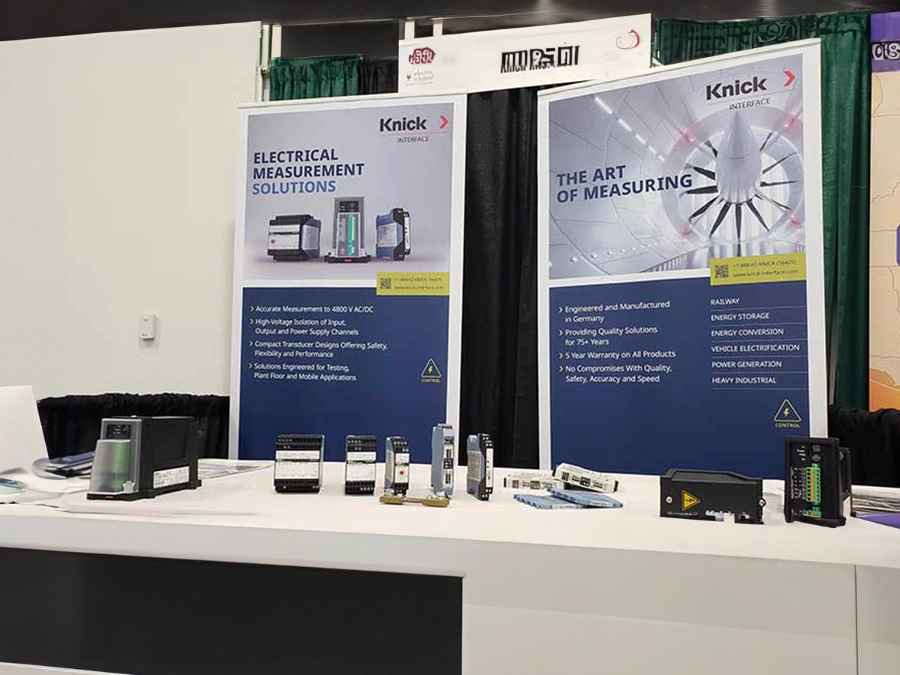
Sept 2021
Interface Technology
USA, Exhibition
Knick Interface at Battery and Electric & Hybrid Vehicle Technology Expo
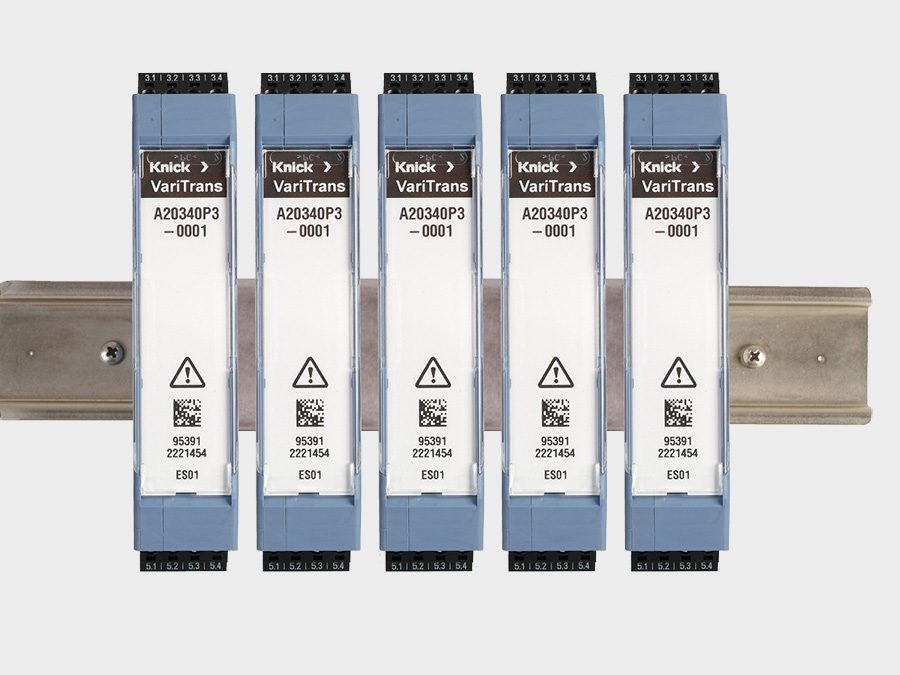
May 2021
Interface Technology
Quadruple Standard Signals in Just One Signal Conditioner

Apr 2021
Interface Technology
Hydrogen
Electrical measurement and process analytics for hydrogen production
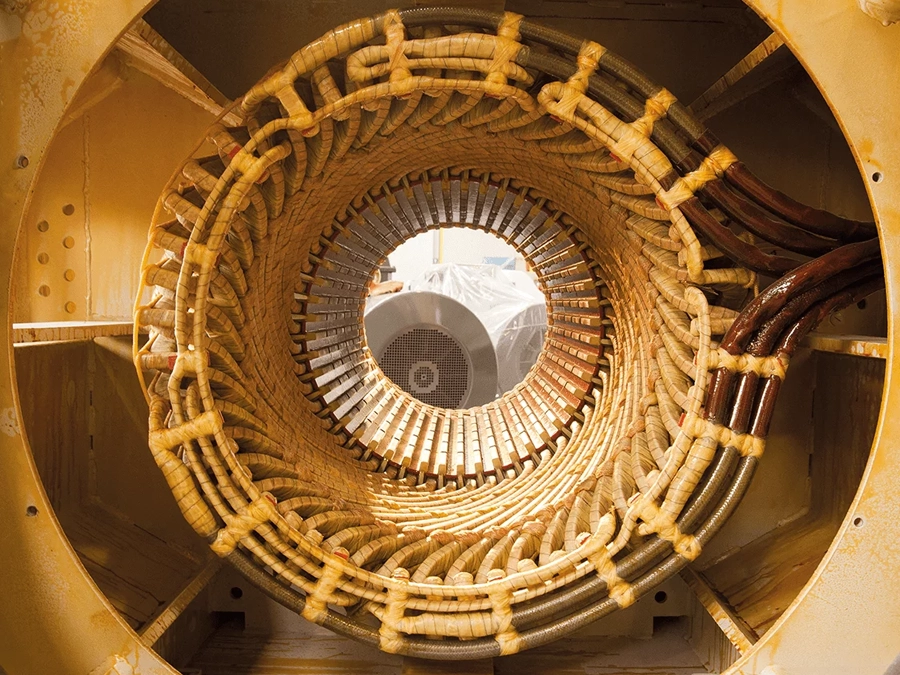
Mar 2021
Interface Technology
High-Voltage Transducer, USA, P44000
Condition Monitoring of High-Voltage Motors
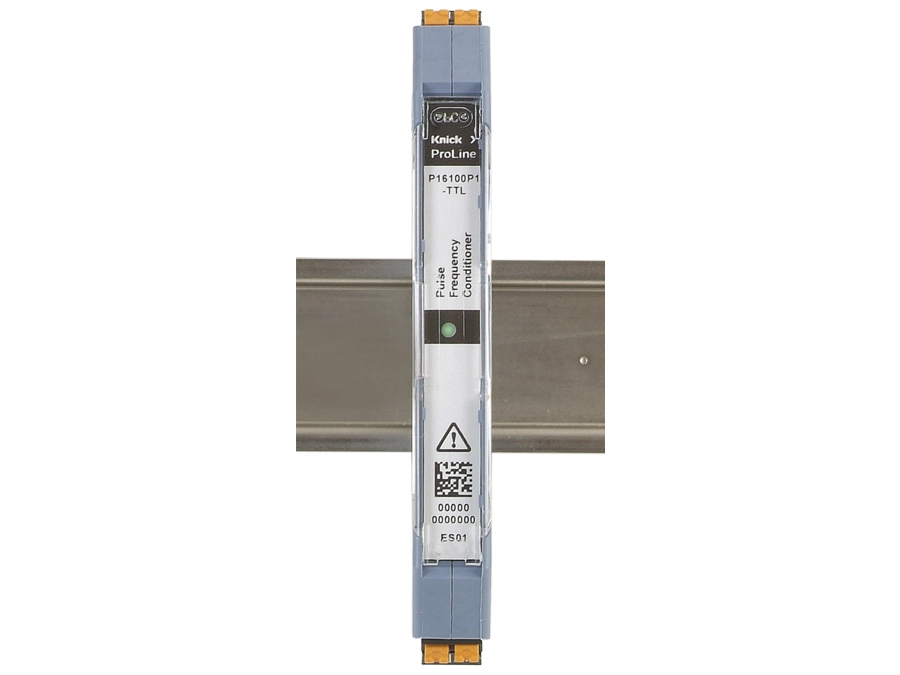
Mar 2021
Interface Technology
Pulse frequency conditioner for speed sensors
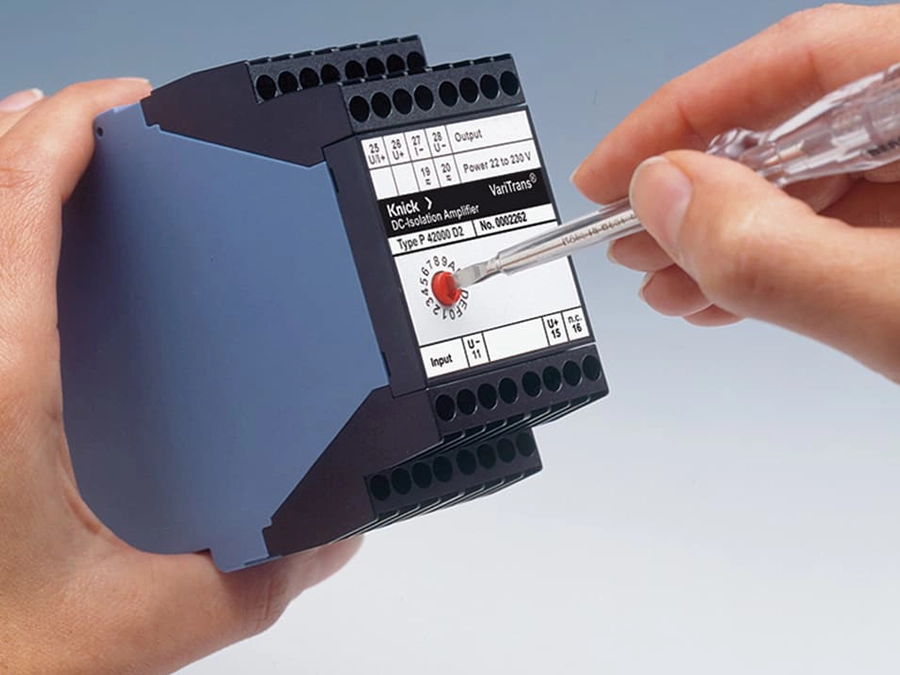
Nov 2020
Interface Technology
High-Voltage Transducer, Voltage, P42000D2
Worldwide smallest transducer up to ±2200 V
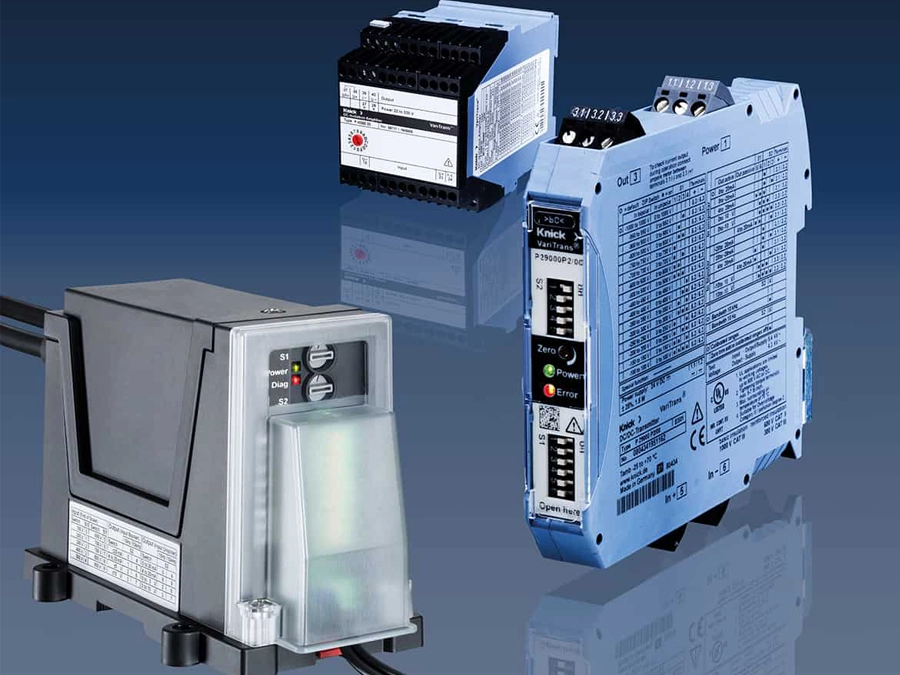
Aug 2020
Interface Technology
DC
Importance of broad-range power supplies for DC electrical measurement
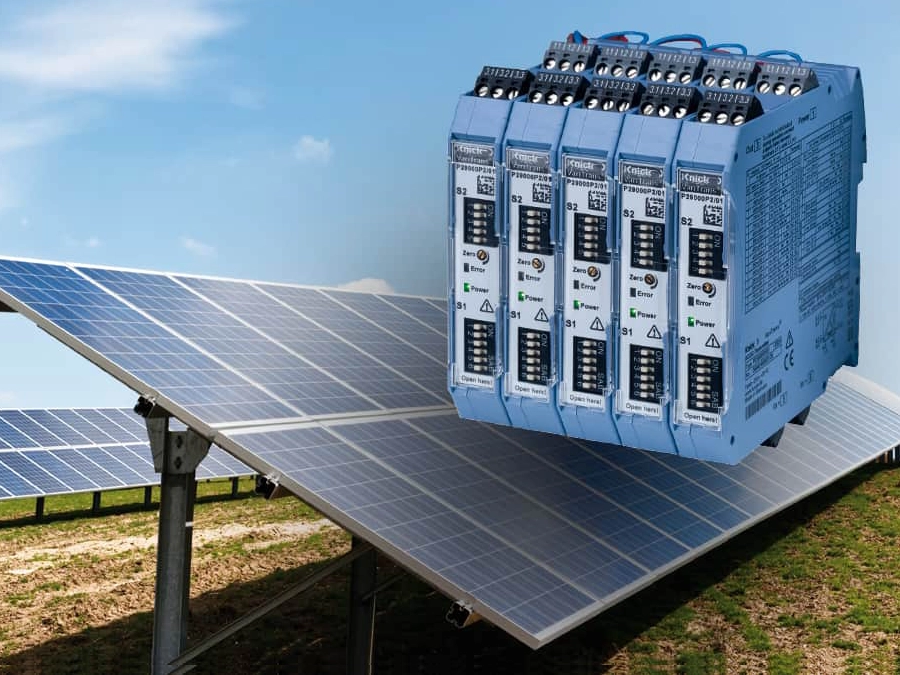
Jul 2020
Interface Technology
High-Voltage Transducer, DC, P29000
Measuring Photovoltaic Degradation
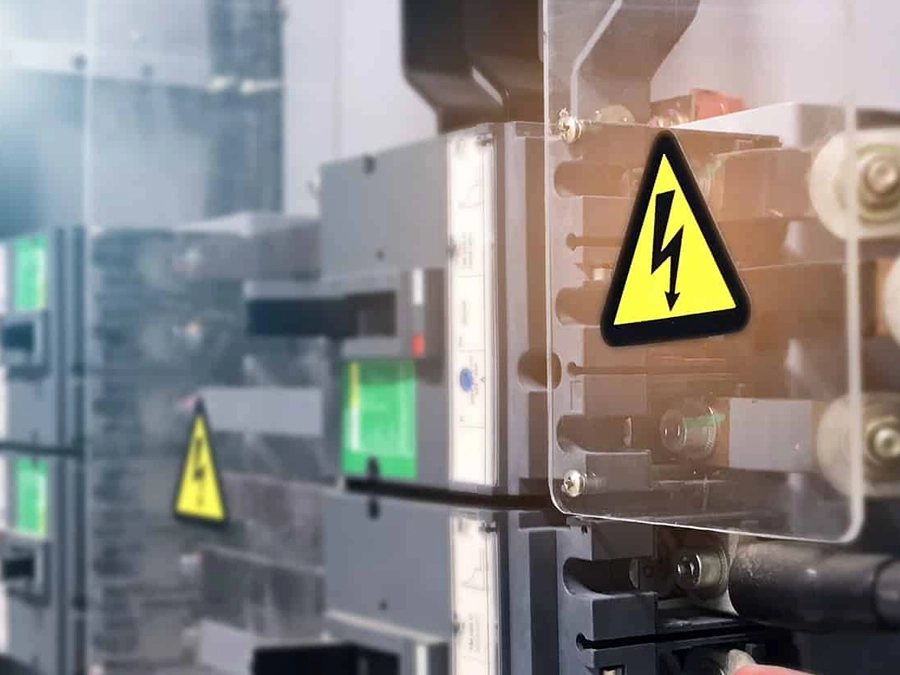
Jun 2020
Interface Technology
High-Voltage Transducer, USA
Electrical Measurement Solutions: Control from 480 to 4800 Volts

Jun 2020
Interface Technology
High-Voltage Transducer
Benefits of High Voltage Transducers versus Instrument Transformers
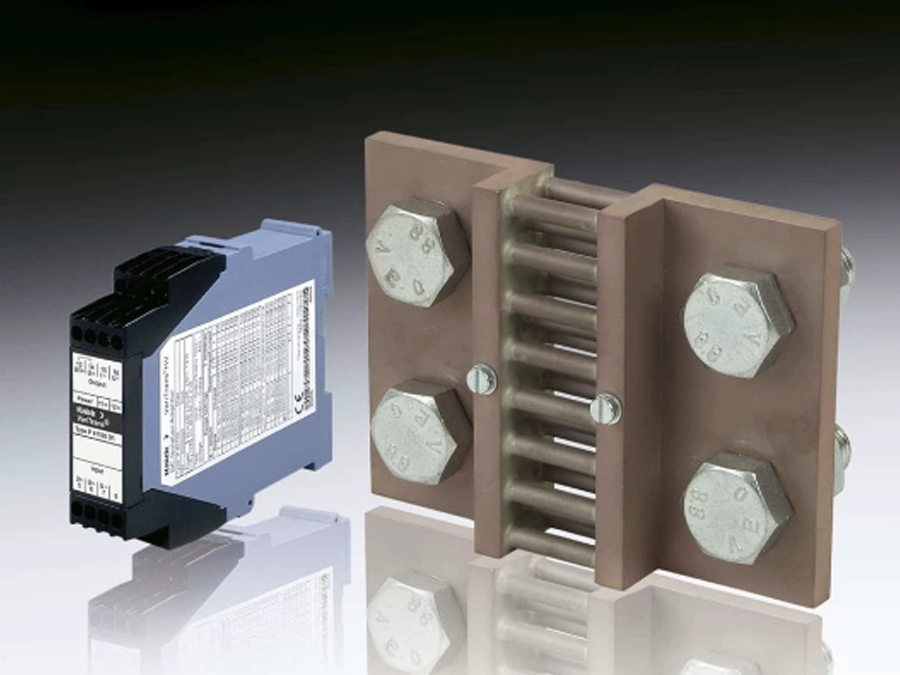
Nov 2019
Interface Technology
DC, USA, Current
Shunt Resistor versus Hall Effect Technology

Mar 2018
Interface Technology
MTBF beyond 3000 years: A snap hook for your plant
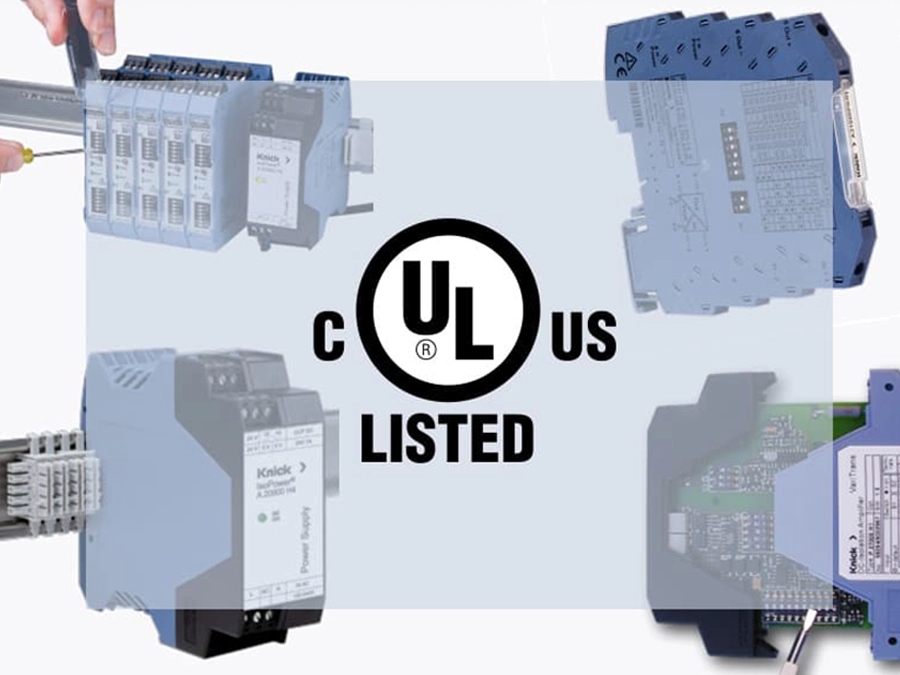
Jan 2018
Interface Technology
UL
Knick Products Comply With UL - What Does That Mean?
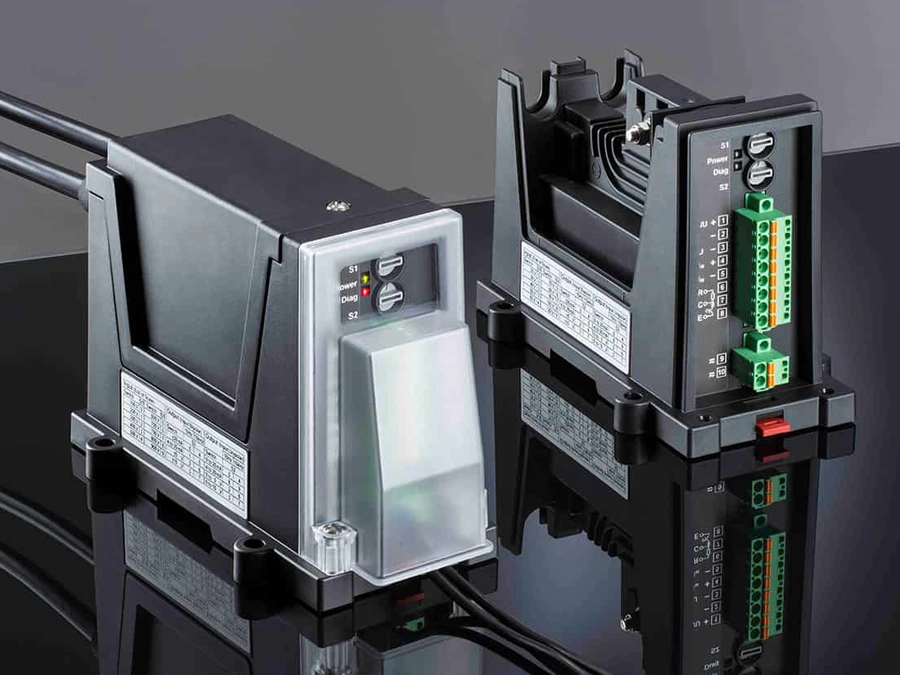
Nov 2017
Interface Technology
High-Voltage Transducer, P50000
High-voltage transducer offers more safety on railway vehicles

Feb 2017
Interface Technology
P41000TRMS
True RMS Measurement with P41000TRMS
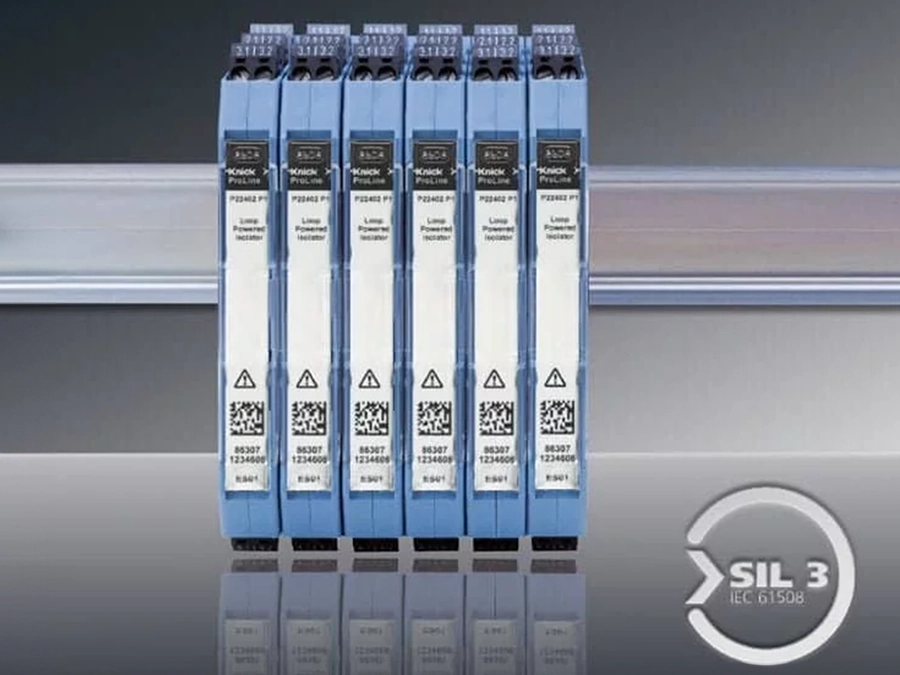
Feb 2017
Interface Technology
SIL, P22400


